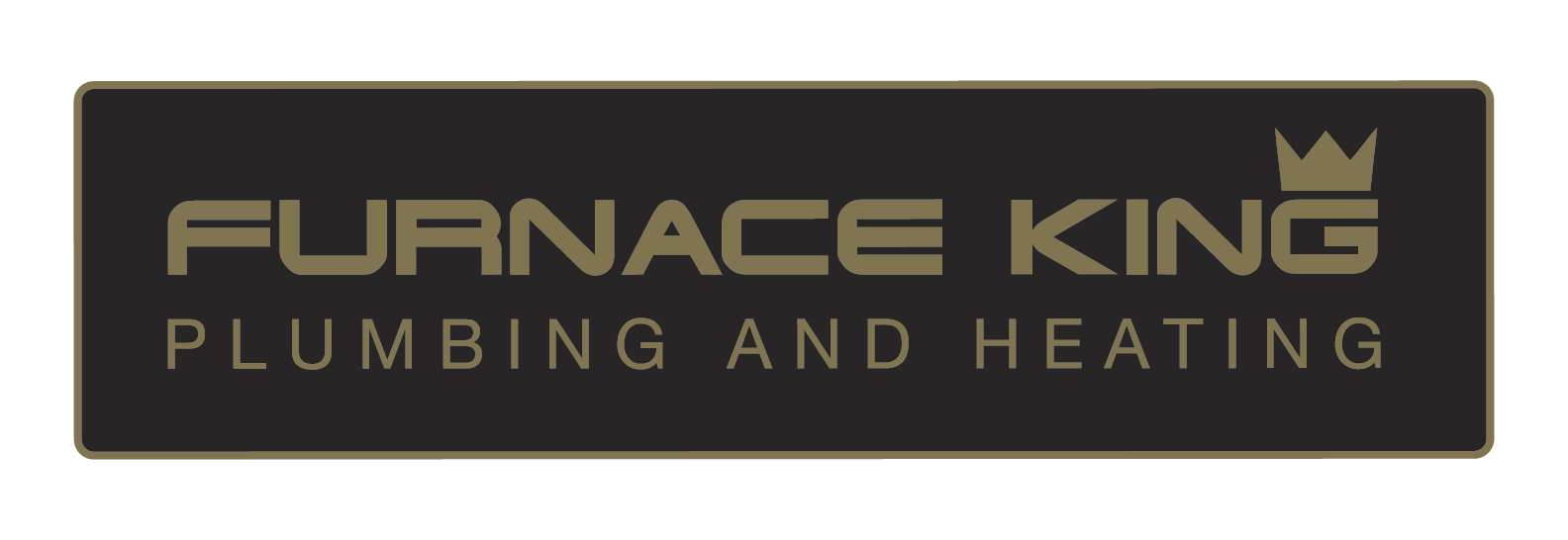Installing a new furnace can be an excellent selling point if you’re putting your home on the market. And even if you’re not selling, a new furnace can still offer plenty of benefits.
Before you proceed with furnace installation, there are a few things you need to know.
1. Always Hire a Professional for Furnace Installation
Installing a furnace is not a DIY project. Many intricate steps are involved, and if any of them are not done correctly, it could result in a dangerous situation. Always hire a professional HVAC contractor to handle your furnace installation.
2. Get Multiple Bids
When you’re ready to hire a professional for furnace installation, be sure to get multiple bids. This will give you a better idea of the average cost for the project and help you avoid being overcharged.
3. Choose the Right Size Furnace
One of the most critical aspects of furnace installation is choosing the right size furnace. If the furnace is too small, it won’t be able to heat your home properly. It will use more energy than necessary if it’s too large, driving up your utility bills.
4. Consider the Type of Fuel
Fuel type is important because it determines how your furnace produces heat. The most common fuel types of furnaces are natural gas, propane, and oil. Each has its benefits and drawbacks, so choosing the one that’s right for you is essential.
- Natural gas is the most popular fuel type for furnaces. It’s clean-burning and relatively inexpensive, making it an excellent choice for many homeowners.
- Propane is another popular choice, especially in rural areas where natural gas isn’t available. It’s a bit more expensive than natural gas, but it’s still a clean-burning fuel.
- Oil is the least popular fuel type for furnaces, but it’s still used in some areas. It’s a dirty-burning fuel, so it’s not the best choice for the environment. However, it’s usually the most affordable option.
When choosing a fuel type for your furnace, it’s important to consider your needs and budget. Natural gas and propane are the most popular choices for furnaces, but oil is still used in some areas. Be sure to compare the costs of each fuel type before making your final decision.
5. Compare Efficiency Ratings
When shopping for a new furnace, be sure to compare efficiency ratings. Efficiency will determine how much heat your furnace produces per unit of fuel. The most common measure of furnace efficiency is annual fuel utilization efficiency (AFUE).
When you’re shopping for a furnace, be sure to check for efficiency. The most efficient furnaces have an AFUE rating of 95% or higher. A new, high-efficiency furnace can represent significant savings in utility bills for the new homeowner.
6. Evaluate the Warranty
Be sure to evaluate the warranty before having a new furnace installed. Some manufacturers offer longer warranties than others, so you’ll want to choose a furnace with a warranty that meets your needs.
7. Schedule Installation during the Off-Season
If possible, schedule your furnace installation during the off-season. This is typically the fall or spring, when demand for HVAC services is lower. By scheduling during the off-season, you may be able to get a discount on the installation cost.
8. Prepare Your Home for Installation
Before the installation crew arrives, be sure to prepare your home. This includes clearing out any clutter from the area where the furnace will be installed and making sure there is a clear path for the crew to access the furnace.
Conclusion
Furnace installation is a complex and potentially dangerous job that qualified professionals should only attempt. By considering the factors above, you can ensure that your new furnace will provide you with years of reliable heat, comfort, and service.
Looking for a reliable Saskatoon furnace repair and installation company? Look no further than Furnace King! We understand that your furnace is vital to your home. Whether you need a minor repair or a complete furnace replacement, we’re here to help. Let us help keep your home warm and comfortable all winter. Contact us today to get started!`









